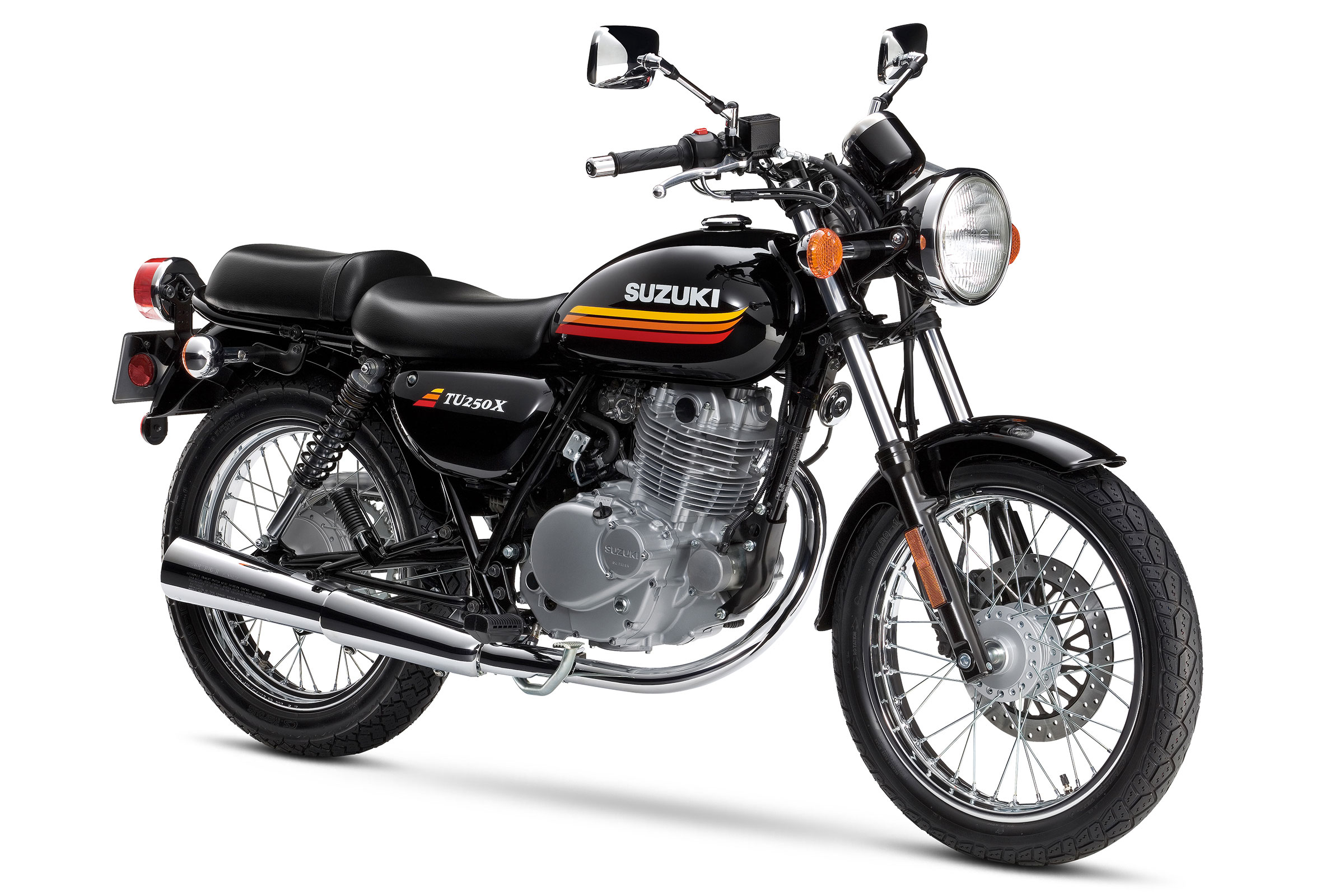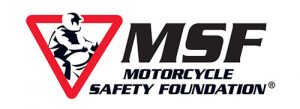American Motorcyclist August 2018
Ask The MSF
Selecting The right Bike Size For Highways

Q: How big a bike do I need to take a long trip on interstate highways? Will my 125cc do the job?
A: There are three things to consider when deciding if your motorcycle is appropriate for long trips:
Is your bike legally permitted to operate on an interstate highway (“controlled access highway” in government-speak)?

Can your bike handle the logistics of touring?
Is your bike comfortable enough for touring?
Some states set a minimum engine size, horsepower or speed capability for two-wheeled vehicles on their highways. For example, California and Illinois prohibit any two-wheelers with engine size under 150cc. Ohio and South Carolina prohibit those with engines producing 5 horsepower or less and Florida and Minnesota require that vehicles be able to reach speeds of at least 40 mph.
If your bike is allowed on the highway, you still need to consider whether it has enough power and load capacity to handle the weight of the rider plus any passenger and cargo, and whether the loading areas (racks and bags) can handle the shape and size of the cargo. Take into account any hills or high-altitude roads that may tax the power of your fully-laden bike, especially when a long stretch of roadway is needed for passing other vehicles.
Finally, you also should consider your ergonomic needs on a long journey: wind protection, seat comfort, body position and “spaciousness,” sound and vibration levels and more. Riders tend to have their own sensitivities and tolerances for these factors. One rider may be thrilled to tour the country on a petite single-cylinder, air-cooled, naked 125 (See “Tiny Touring” in the November 2017 issue. www.americanmotorcyclist.com/For-Members/The-Magazine/Story-Members-Only/tiny-touring, whereas another may be more comfortable on a one-liter-plus, liquid-cooled, multi-cylinder, fairing- and saddlebag-outfitted touring bike.
Get some experience on highways without loading up the bike, then try it again loaded for your trip. Note the difference and imagine that experience multiplied by a fatiguing multi-day trip on unfamiliar roads. You may also want to “warm up” with some shorter trips before embarking on that first long-distance adventure.
